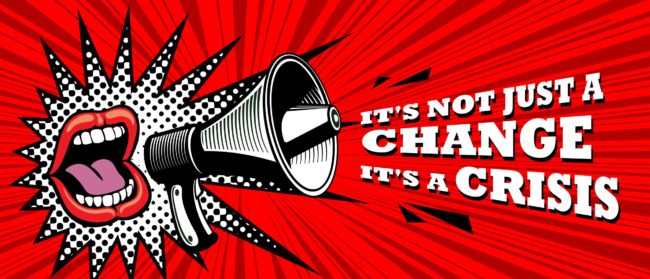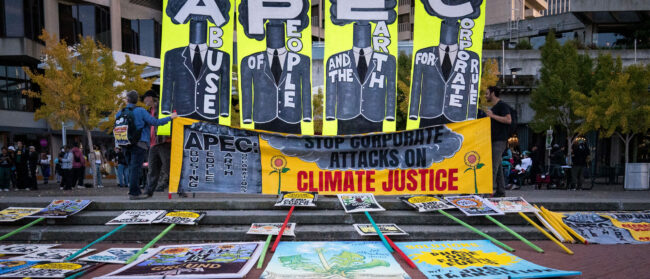The crossroads of climate change lie in the forests of the Indigenous Peoples of Indonesia. These are tropical forests that we have managed for generations; our traditional knowledge is steeped in keeping these landscapes intact, the sacred trees upright. Our local economies align with our environment—we do not ask for the forests to provide more than is possible, and we do not change the forest without helping it recover. This is the definition of sustainability, the United Nations mantra.
Ploughing through our lands and leaving ruin in its wake, rapacious economic development threatens our forests and our peoples, from the Dayaks of Borneo to the remote communities of West Papua. Across Indonesia, vast palm oil and rubber plantations replace natural forests and peatlands with an unnatural grid of made up of one of two types of tree, destroying biodiversity and coughing up the carbon our rainforests had stored. These developments also force us from our ancestral homes, and we often face violence if we resist.
Forests offer a well-tested, natural and cheap carbon storage solution. The trees suck carbon out of the air and store it in their branches and trunks as they use it to grow.
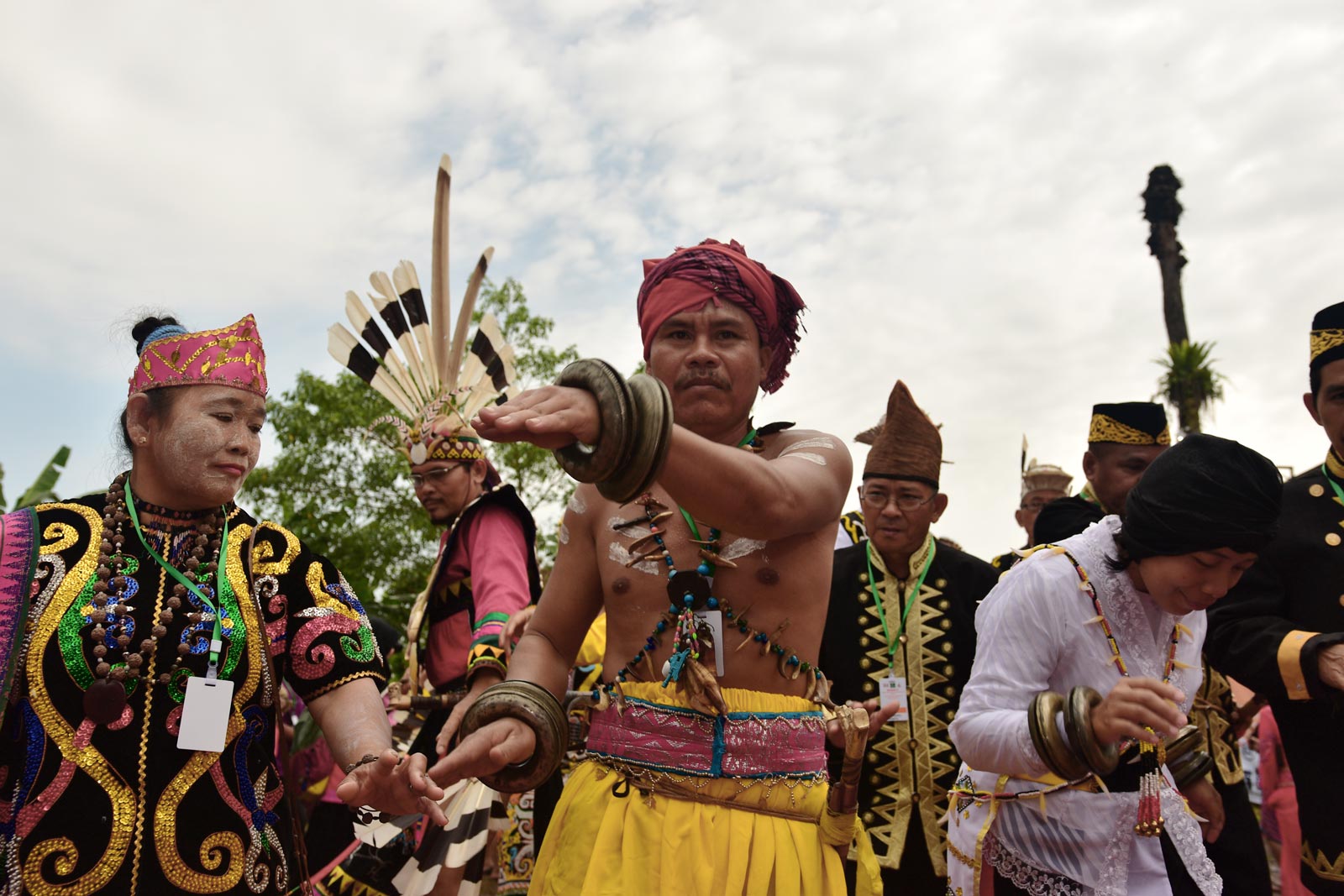
Removing primordial rainforests also changes the weather patterns we rely on for how we live and what we eat. Rainfall and heat have been increasingly hard to predict and the annual forest and peat fires have been harder to control, spewing more and more carbon and smoke into the air. We’re losing clean water sources, along with fish and game – and stability.
With our lands under siege, in 2018, more than 150 Indonesian indigenous communities rose up to resist development projects that threatened homes and forests, even as climate change has begun to make traditional life more difficult. Five years earlier, a court ruling returned the country’s forests to their rightful owners: Indigenous Peoples. But implementation of the ruling has moved achingly slow.
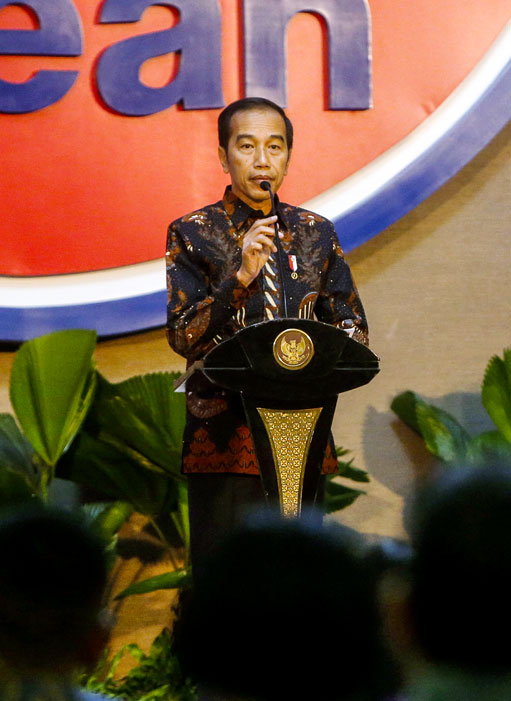
Indonesian President Joko Widodo promised to return 4.7 million hectares of our land, but we’re still waiting. While the government has recognized some of our territories in recent years—about 30,000 hectares as of 2018 in the form of customary forests—forestland where we have full legal ownership rights is barely a statistic. The government has received our maps, showing our ownership of around 10 million hectares
Amazingly enough, the United Nations has just arrived at this intersection in the global battle against climate change. For the first time in its history, the UN’s Intergovernmental Panel on Climate Change (IPCC) – comprised of the world’s leading climate scientists – recognises in a major report on land use that our management of forests and the plants, animals and products they shelter is vital for limiting the worst impacts of climate change.
Without strong rights to our land, governments and private sector interests push us aside and take our land in the name of economic development
Forests offer a well-tested, natural and cheap carbon storage solution. The trees suck carbon out of the air and store it in their branches and trunks as they use it to grow. Together with land, forests already remove a third of the carbon emissions added to the atmosphere each year. By the IPCC’s calculations, protecting and restoring destroyed or damaged forests and land is critical to stemming climate chaos.
Researchers already have shown our forests and the soil below hold a vast amount of carbon – around the world, at least 218 gigatonnes of carbon are stored in the collective tropical and subtropical forests of Indigenous Peoples and local communities. At least a third of this carbon – and likely much more – is found in areas where we lack formal recognition of our land rights.
As the full extent of lands held by indigenous and local communities is unknown, the vast stores of carbon in Indonesia and other countries rich in tropical forests remain undocumented.
We know that at least 50 percent of the world’s lands are customarily managed by Indigenous Peoples and local communities, but governments formally recognise our ownership to only 10 percent. Without strong rights to our land, governments and private sector interests push us aside and take our land in the name of economic development, destroying our landscapes and releasing the carbon that the entire world so desperately needs to remain in place.
The UN report makes it clear – finally – that recognition of our rights is an important part of the solution to climate change. Our traditional knowledge and stewardship of the world’s lands and forests are key to both reducing global emissions and limiting the global temperature rise. We have cared for our lands and forests – and the biodiversity they contain – for generations. With stronger rights, we can continue to do so for generations to come.
The Indonesian government knows this, having commissioned a report that lays out in painful detail how the current path of forest destruction and natural resources exploitation will soon derail Indonesia’s economic growth. A more sustainable path – one that includes us and recognises our forest stewardship – would increase GDP growth by 6% annually while reducing greenhouse gas emissions by 43% by 2030.
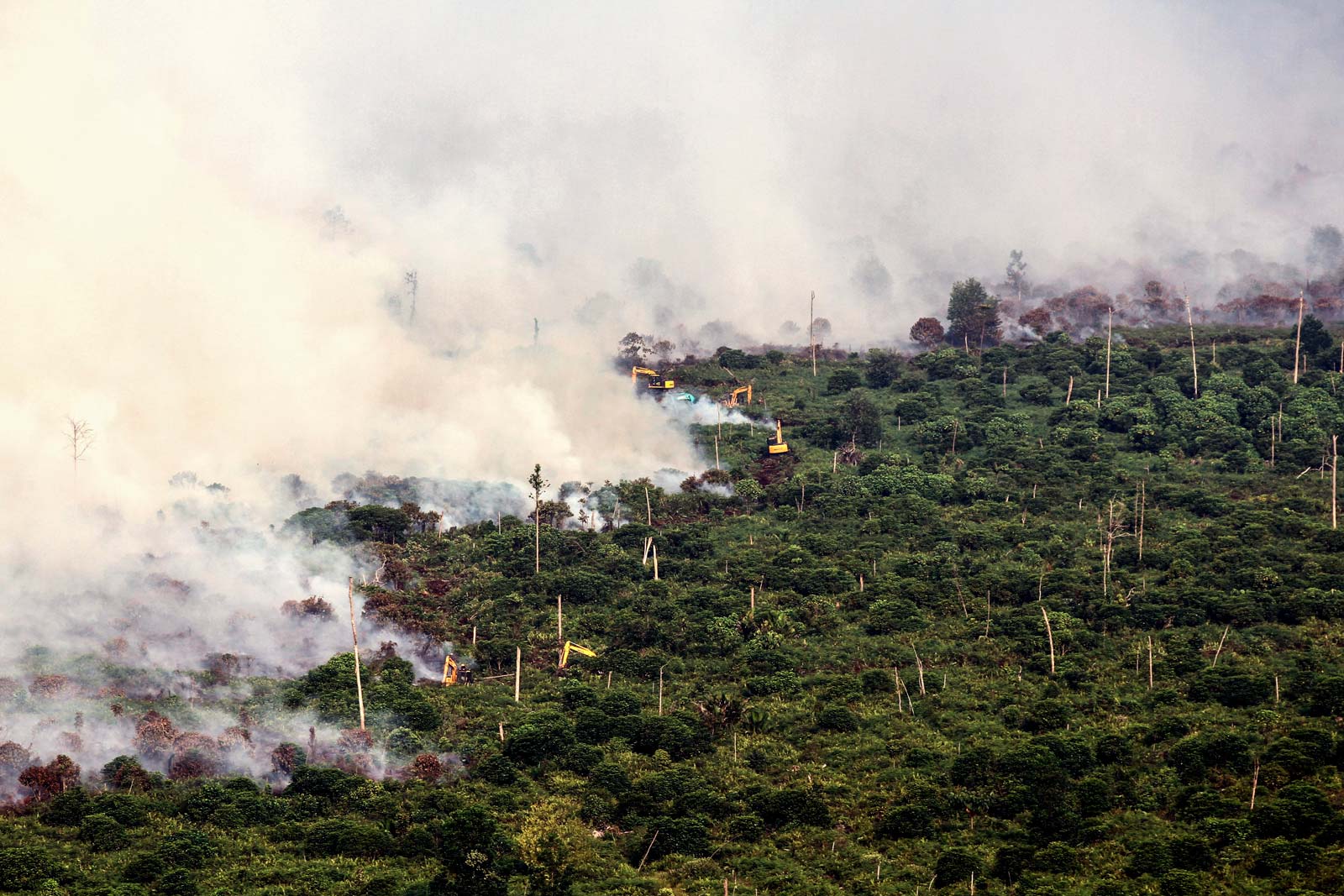
In many places, the legal infrastructure is already in place to recognise and strengthen our rights. Around the world, the extent of legally recognised community forests increased by 40% (150 million hectares) in the last 15 years. We could more than double that progress – to the benefit of 200 million people – by fully implementing existing legislation in Colombia, the Democratic Republic of Congo, India, and here in Indonesia.
Buffeted by climate change, threatened by economic development, we are also bolstered by a consensus of scientists who embrace our rights as a necessary solution to the climate crisis. So, we stand at a crossroads.
A number of our governments dismiss the evidence and refuse to stand with us at all. To the rest of you, we say the road less travelled is not a road at all, but a well-worn trail that Indigenous Peoples have used for generations. For all of humanity’s sake, we ask you to trust us and support our continued stewardship of natural resources on which the entire world depends.
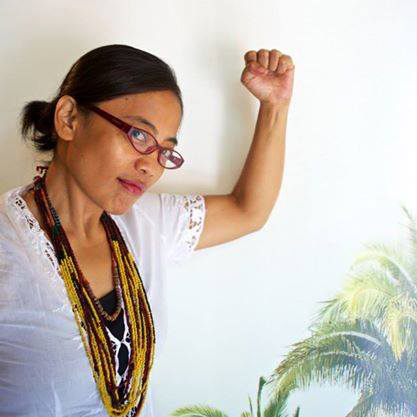
A Toraja from Sulawesi, Indonesia, Rukka Sombolinggi was elected the first woman Secretary General of The Indigenous Peoples Alliance of the Archipelago, known as AMAN, in 2017.

